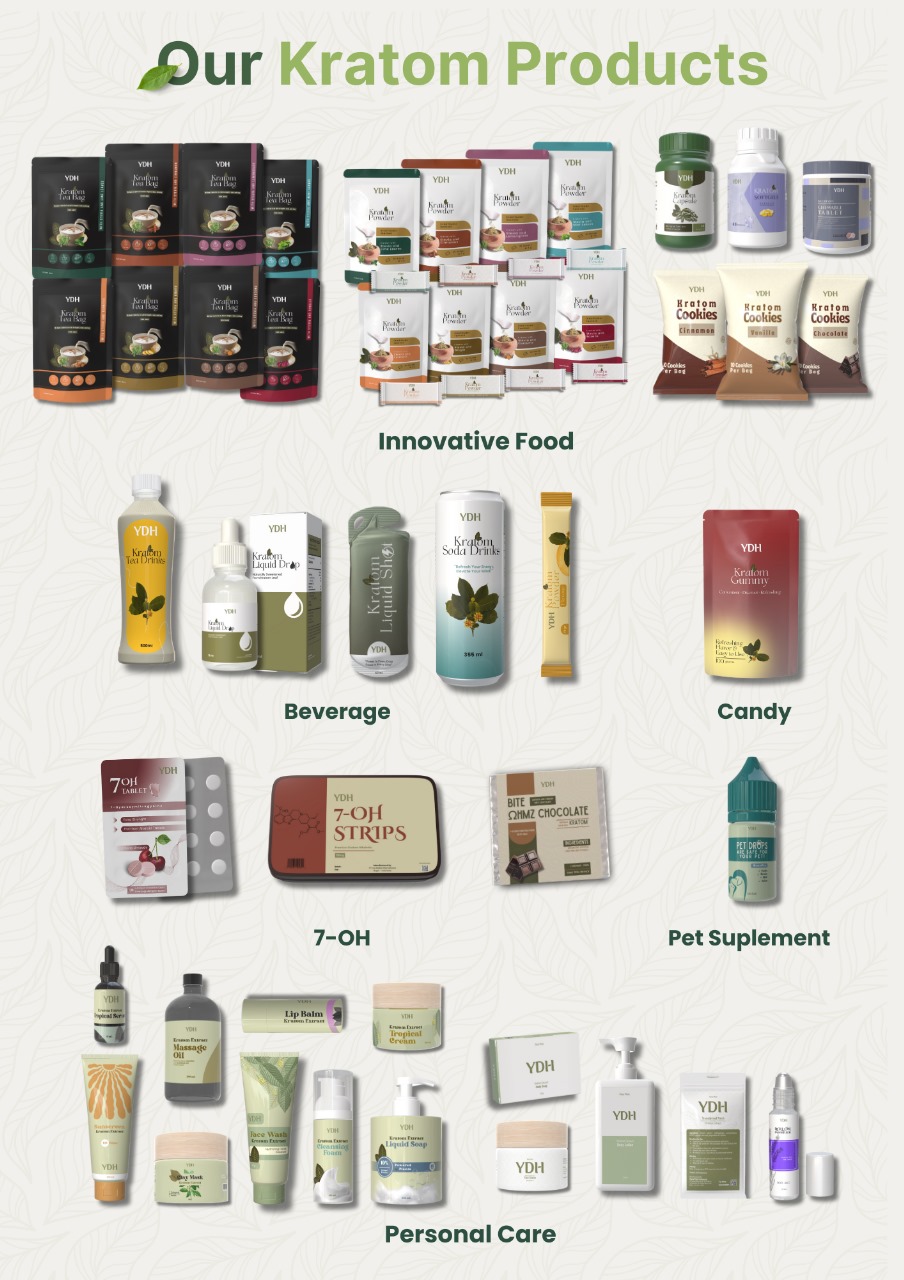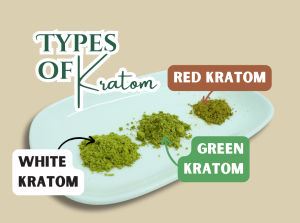Kratom Use: Benefits, Risks, and Responsible Consumption

The traditional use of kratom in Indonesia, Thailand, and Malaysia is commonly used as an alternative medicine in treating various diseases such as diabetes, pain relief, hypertension, cholesterol, and as a stamina enhancer (Fadly 2025; Wahyono et al. 2019). This is because kratom contains alkaloids, flavonoids, polyphenols, triterpenoids, and saponins, with the main alkaloid compounds being mitragynine and 7-hydroxymitragynine (Wahyono et al. 2019; Yuniarti et al. 2020; Ni’ma 2024). These active compounds have physiological effects such as antioxidants, neurophysiological, anti-inflammatory, analgesic or antinociceptive, and antipsychotic or antidopaminergic (Hossain et al. 2023). Kratom is popular worldwide because of its potential as a treatment option for patients experiencing opioid withdrawal symptoms (Meepon and Sooksawate 2019; Indriyanti et al. 2024; Obeng et al. 2024).
The chemical components in kratom, namely mitragynine and 7-hydroxymitragynine, can potentially produce effects commonly associated with opioids However, as with any substance, the likelihood of harmful effects depends on the dosage consumed and the circumstances under which it is used (FDA, 2024). The research on the person indicatedThere were no significant differences in hematological and biochemical parameters of kratom users and healthy controls, except for HDL and LDL cholesterol values found above the lower limit of the normal reference range. Long-term kratom consumption (>5 years), with daily kratom consumption (≥3½ cups; mitragynine content 76.3-114.8 mg) did not show changes in hematological and biochemical parameters. These data illustrate that even long-term and high kratom consumption does not significantly change the hematological and biochemical parameters of kratom users in the traditional system (Indonesian Ministry of Health, 2019).

Kratom derivative products are increasingly diverse as public interest in this herbal plant increases. The most common form is kratom powder (kratom powder), which is produced from finely ground dried kratom leaves. This product is usually consumed with the “toss and wash” or brewed into tea. In addition, kratom capsules are also available, which are more practical and free of bitterness, making them very suitable for novice consumers. For experienced users, kratom extracts are available in liquid or solid form, which contain higher concentrations of alkaloids and are used in small doses. Other innovations include kratom tea bags, gummies, chewing gum, and edible snacks that are more modern and easy to consume. Some manufacturers are also developing kratom-based topical products, such as ointments or creams, for external use. All of these products come with strain variations such as red, green, and white veins that offer different effects according to user needs.
References:
- Fadly, D. (2025). Blood glucose response to kratom tea (Mitragyna speciosa Korth.). BIO Web of Conferences, 153, 03015, 1-7. https://doi.org/10.1051/bioconf/202515303015.
- Food and Drug Administration. (2024). FDA and Kratom. URL: https://www.fda.gov/news-events/public-health-focus/fda-and-kratom. Accessed on 14th May 2025.
- Hossain, R., Sultana, A., Nuinoon, M., Noonong, K., Tangpong, J., Hossain, K. H., & Rahman, M. A. (2023). A critical review of the neuropharmacological effects of kratom: An insight from the functional array of identified natural compounds. Molecules, 28, 7372. https://doi.org/10.3390/molecules28217372.
- Indonesian Ministry of Health. (2019). Kratom: Prospek Kesehatan dan Sosial Ekonomi, Jakarta (ID): Lembaga Penerbit Badan Penelitian dan Pengembangan Kesehatan.
- Indriyanti, N., Hajrah, M., Priastomo, M., Samsul, E., Prabowo, W. C., & Prasetya, F. (2024). Efektivitas ekstrak kratom (Mitragyna speciosa) pada inhibisi withdrawal syndrome model adiksi morfin. Jurnal Mandala Pharmacon Indonesia (JMPI), 10(1), 145-150. https://doi.org/10.35311/jmpi.v10i1.535.
- Meepong, R., & Sooksawate, T. (2019). Mitragynine reduced morphine-induced conditioned place preference and withdrawal in rodents. The Thai Journal of Pharmaceutical Sciences, 43(1), Article 4. https://doi.org/10.56808/3027-7922.2358.
- Ni’ma. (2024). Kratom (Mitragyna speciosa): Medicinal marvel or menace? Assessing potency, risk, and future prospects of herbal medicine. Indo. J. Chem. Sci., 13(1), 31-42.
- Obeng, S., Crowley, M. L., Mottinelli, M., et al. (2024). The Mitragyna speciosa (kratom) alkaloid mitragynine: Analysis of adrenergic α2 receptor activity in vitro and in vivo. European Journal of Pharmacology, 980, 176863. https://doi.org/10.1016/j.ejphar.2024.176863.
- Wahyono, S., Widowati, L., Handayani, L., Sampurno, O. D., Haryanti, S., Fauzi, Ratnawati, G., & Budiarti. (2019). Kratom: Prospek kesehatan dan sosial ekonomi. Jakarta: Lembaga Penerbit Badan Penelitian dan Pengembangan Kesehatan.
- Yuniarti, R., Nadia, S., Alamanda, A., Zubir, M., Syahputra, R. A., & Nizam. (2020). Characterization, phytochemical screenings, and antioxidant activity test of kratom leaf ethanol extract (Mitragyna speciosa Korth) using the DPPH method. Journal of Physics: Conference Series, 1462.
Buy Kratom Product
Please visit our store to purchase products


